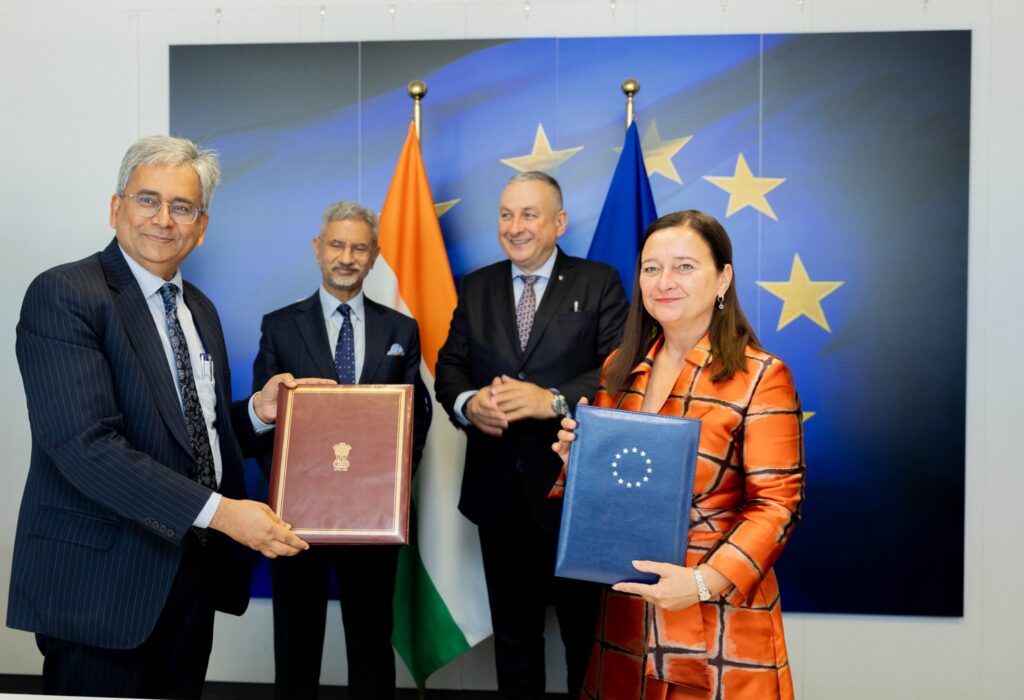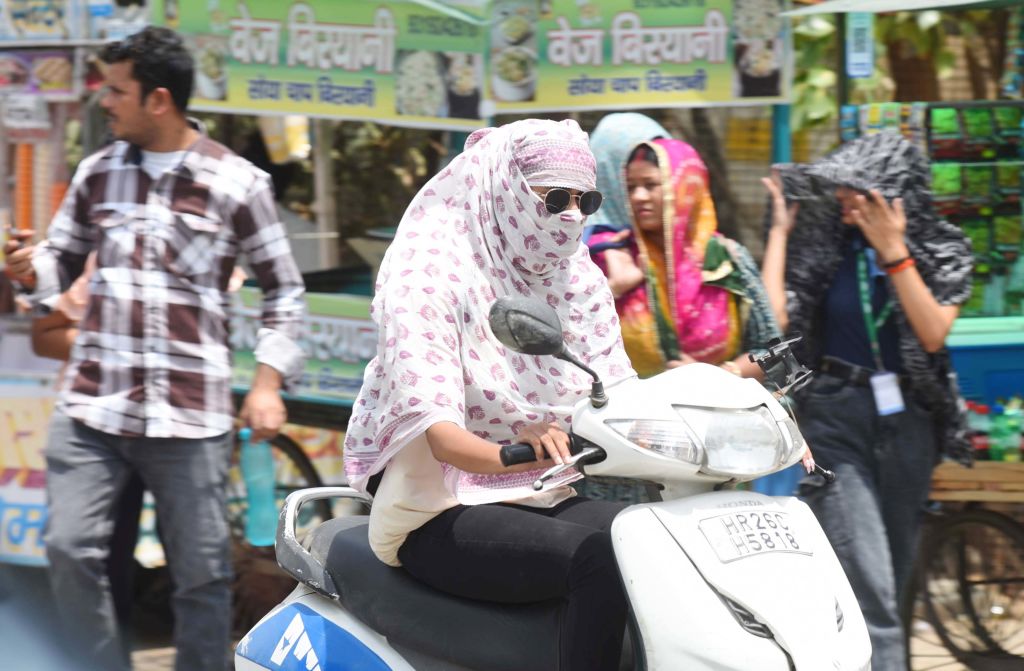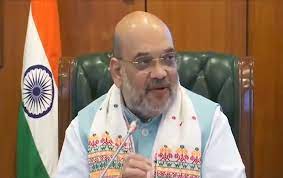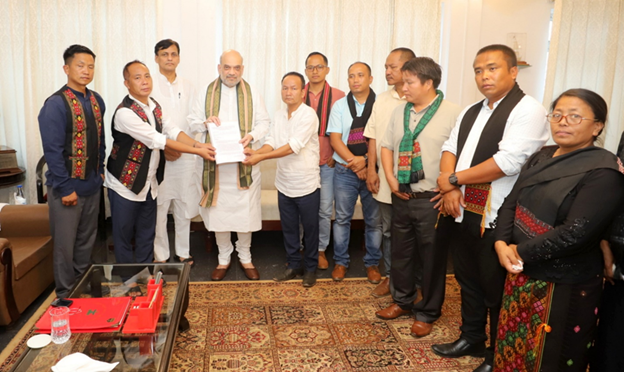India’s ‘Blue Economy’ appears to unlock a sea of opportunities
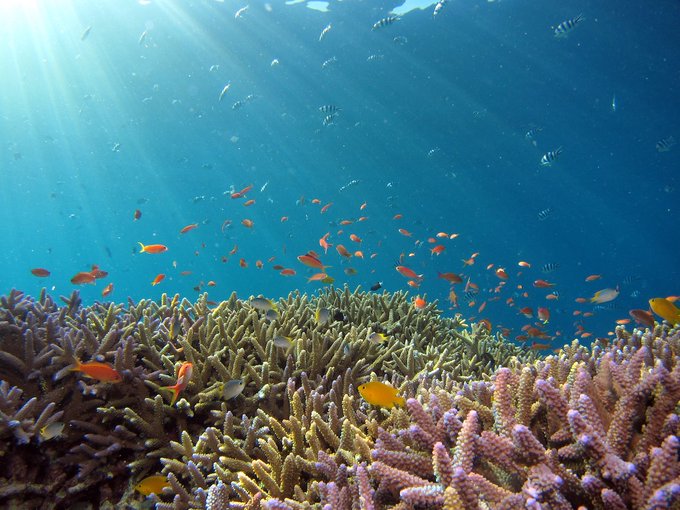
The blue economy is termed as the sustainable use of ocean resources for economic growth, improved livelihoods, jobs and better care of the coastal areas. It refers to all economic activities related to oceans, seas and coasts, covering a wide range of interlinked established and emerging sectors, which encourage better stewardship of the ocean or ‘blue’ resources. It means we need to preserve the health of the ocean ecosystem also.
To realize its vast potential, the Government of India is coming out with a national policy on the blue economy. A draft policy framework on India’s Blue Economy has been prepared by the Ministry of Earth Sciences, which envisages the optimal utilization of all sectors of the maritime domain including living, non-living resources, tourism, ocean energy and others for sustainable development of coastal areas.
The policy document contains key recommendations on National Accounting Framework for Blue Economy and Ocean Governance, Coastal Marine Spatial Planning and Tourism Priority, Marine Fisheries, Aquaculture and Fish Processing. The policy also focuses on manufacturing, emerging industries, trade, technology, services and skill development, logistics, infrastructure and shipping, coastal and deep-sea mining and offshore energy and security, strategic dimensions and international engagement.
The policy document aims to enhance the contribution of the blue economy to India’s GDP, improve lives of coastal communities, preserve marine biodiversity and maintain the national security of marine areas and resources. It also emphasizes policies across several key sectors including Fisheries to achieve holistic growth of India’s economy.
The country’s blue economy is understood as a subset of the national economy comprising an entire ocean resources system and human-made economic infrastructure in marine, maritime, and onshore coastal zones within the country’s legal jurisdiction. It does envisage the national security of marine.
The Centre in recent years has taken a number of initiatives to harness the full potential of the fisheries sector in a sustainable and responsible manner. The Centrally Sponsored Scheme ‘Blue Revolution: Integrated Development and Management of Fisheries’ was launched in 2015-16 with an outlay of Rs 3000 crores for a period of 5 years.
In order to address the critical gaps in the fisheries infrastructure, ‘Fisheries and Aquaculture Infrastructure Development Fund’ was created in 2018-19 with a fund size of Rs. 7522.48 crores for providing concessional finance to the state/UT governments, their entities and the private sector.
Recognizing the immense potential in fisheries sector, the Government of India in May, 2020 with highest investment of Rs. 20,050 crore, launched a new flagship scheme ‘Pradhan Mantri Matsya Sampada Yojana’ to bring about blue revolution through sustainable and responsible development of fisheries sector in the country.
Pradhan Mantri Matsya Sampada Yojana is being implemented for a period of five years from 2020-21 to 2024-25 in all states and UTs. As a result of these initiatives, during recent years the fisheries sector in the country has shown impressive growth with an average annual growth rate of about 10 % during 2014-15 to 2018-19.


